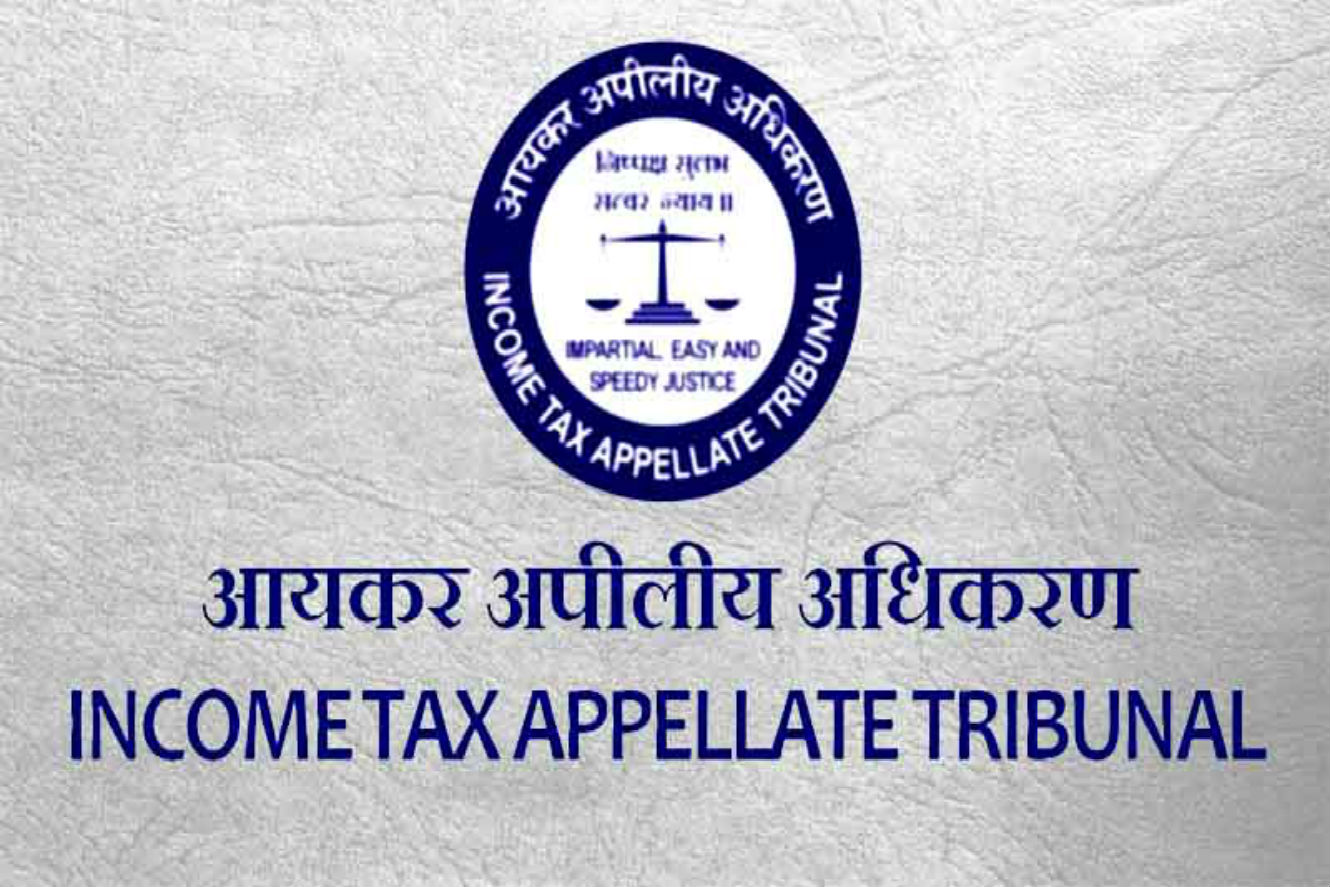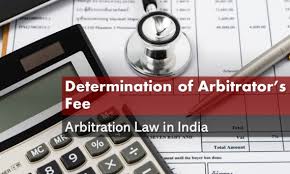1. This is an appeal under Clause 15 of the Letters Patent from the judgment of Mr. Justice Panton in a suit for declaration and enforcement of a village pathway in village Backrabad ordinarily known as Earn Chandrapore.
2. The plaintiffs asked for declaration of a village path-way used by all the people of the village for certain specified purposes. The defendants contended that the alleged path-way was not a public highway but was a permissive foot track. Thereupon several issues were raised; the sixth was to the following effect:
Did the lands of Schedule 2 of the plaint ever appertain to a public gopath as alleged in the plaint: Was there any public gopath over the lands of Schedule 1 of the plaint or any part of it? If so, what was its breadth and have the defendants encroached upon it in the way described in the plaint, namely, by the erection of fences seven years prior to the institution of the suit.
3. The Trial Court considered the evidence and came to the conclusion that the case alleged by the plaintiffs had been made out. In one passage of his judgment, the Munsiff states that "subject to some difference between the parties as to the breadth of the gopath it is an admitted fact that the existence of the gopath is admitted, subject only to the dispute as to the right of passage of men with ploughs etc., over the bari of the defendant No. 1 and the other defendants." The Munsiff then considered the evidence and held that the existence of the village path was established. He next discussed the question of the width of the gopath and summarised his conclusion in these terms: "It is no doubt a gopath used by the men of the locality and they have the right to pass with plough, cattle bundles, processions and with dead bodies." In the concluding portion of his judgment he directed the suit to be decreed in a modified way and declared the public right of gopath in the suit land.
4. The defendants appealed to the Subordinate Judge and two of the questions urged before him wore formulated in the following terms: "(1) Whether the plaintiffs can institute the suit without proof of special damage and whether any special damage has been proved and (2) what was the extent and nature of the path and whether it is a public path." It would be observed that the plaintiffs did not ask for a declaration of a public high-way nor had any issue been raised to that effect. No question had further been raised in the Trial Court as to the proof of special damage to the plaintiffs, and how the matter came to be argued before the Subordinate Judge, has not been explained. The reason might have been that the Trial Court, in the concluding portion of the judgment, had given a declaration of what is loosely called "a public right of gopath" in the suit land. It is manifest however that there was some confusion of ideas in the arguments addressed to the Subordinate Judge. The parties apparently overlooked the distinction between the different classes of ways which were explained by Mr, Justice Wilson in the following well-known passage from his judgment in Chunilal v. Ram Kishen Sahu 15 C. 460 2 lnd. Jur. 425 : 7 Ind. Dec. (N.S.) 892 (F.B.).
It may be useful to premise that by the Common Law of England, there are three distinct classes of rights of way and other similar rights. First, there are private rights, in strict sense of the term, vested in the particular individuals or the owners of particular tenements and such rights commonly have their origin in grant or prescription. Secondly, there are rights belonging to certain classes of persons, certain portions of the public, such as the freemen of a city, the tenants of a manor, or the inhabitants of a parish or village. Such rights commonly have their origin in custom. Thirdly there are public rights in the full sense of the term, which exist for the benefit of all the Queen''s subjects, and the source of these is ordinarily dedication.
5. In our opinion, there can be no question that the suit was for the enforcement of a way of the second class namely, a village pathway, and had no reference to a way of the third class, namely, a public highway. This distinction has been overlooked, not infrequently, and Sir Lawrence Jenkins, C.J. had occasion to emphasise it again, in Kali Charan Naskar v. Ramkumar Sardar 18 Ind. Cas. 67 : 17 C.W.N. 73. It is only in the case of a public highway that the question of special damage arises; where the case is one of a village path, there is no question of special damage; Harihar Das v. Chandra Kumar Guha 49 Ind. Cas. 79 : 23 C.W.N. 91. It follows that the Subordinate Judge should not have gone into the question of proof of special damage bub should have confined himself to the extent and nature of the path.
6. But, the judgment of the Subordinate Judge shows that notwithstanding the confusion pointed out, he did in fact consider the real question in controversy, namely whether the existence of the alleged village path had been satisfactorily established by the evidence on the record. He states in one part of his judgment as follows: "That there was a village path there, is not disputed. In fact, it was admitted by the present appellant in the case u/s 133 Criminal Procedure Code. What he then contended and now contends is that it was a path some three cubits, used for only passage of men of the village. The lower Court has found this contention to be untenable on the evidence on the record, and after a perusal of the entire oral and documentary evidence in the case, I am not disposed to disagree with him on the point". In this view, the Subordinate Judge has confirmed the decree of the Trial Court. That decree has been confirmed by Mr. Justice Panton.
7. We are of opinion that notwithstanding the use of inaccurate expressions in the judgment of the Subordinate Judge and possibly in one passage in the judgment of the Trial Court, the real question in controversy has been tried out. There is, consequently, no reason to set aside the concurrent decisions of all the Courts. We direct, however, that in the declaration which has been granted to the plaintiffs instead of the expression "public right of gopath," the expression "village right of gopath" be substituted; subject to this amendment in the decree, the appeal will stand dismissed with costs.

